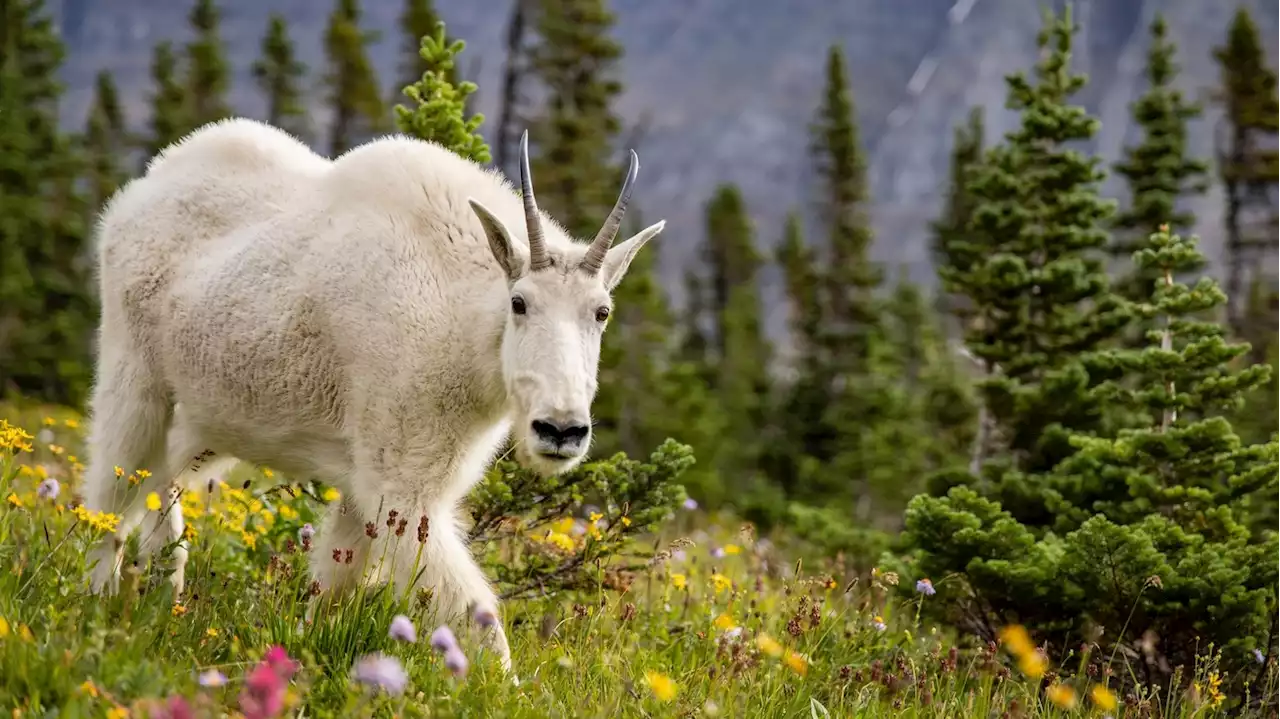Two scientists were surprised to see goats and sheep hanging out above the tree line. Turns out they were fighting over patchy salt deposits. They saw 106 'interactions.' Guess who almost always won?
looking at what happens when goats and sheep compete for salt licks – naturally occurring deposits of salt – above the tree line in Montana., a professor at Colorado State University and a senior scientist for the Wildlife Conservation Society.Forest Hayes, a Ph.D. student of mine [and co-author of the study] and I were in Montana looking for grizzly bears through spotting scopes, and we kept seeing goats and then sheep.
And they were after the salt in those mineral licks — which as you note would have previously been covered by glacial ice that's now melting due to earth's warming temperatures?Darned, that's a really good question. I don't know that anybody has looked at how these hoofed mammals know how to detect [salt]. I know in desert systems, like the Gobi desert, they can smell rainfall and know how to navigate and go to the rain.Over 106 interactions.
Which would mean goats will continue to survive and thrive and play a role in helping humans with their milk and meat.But maybe your findings aren't such good news for sheep. I have to ask about another weird thing – in an interview with the Washington Post about your study, you mention that goats are interested in ... human pee?
